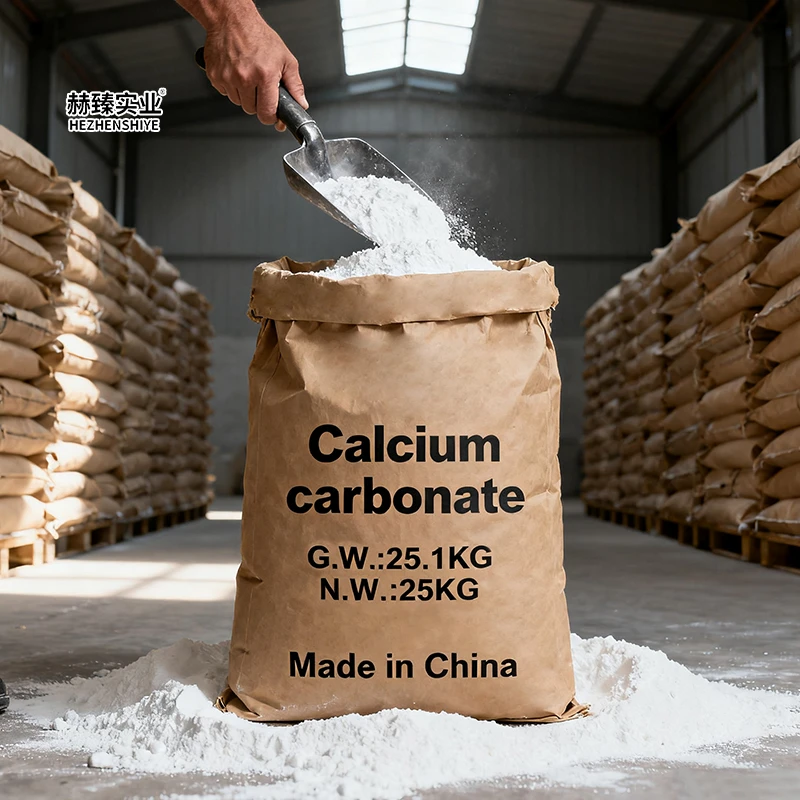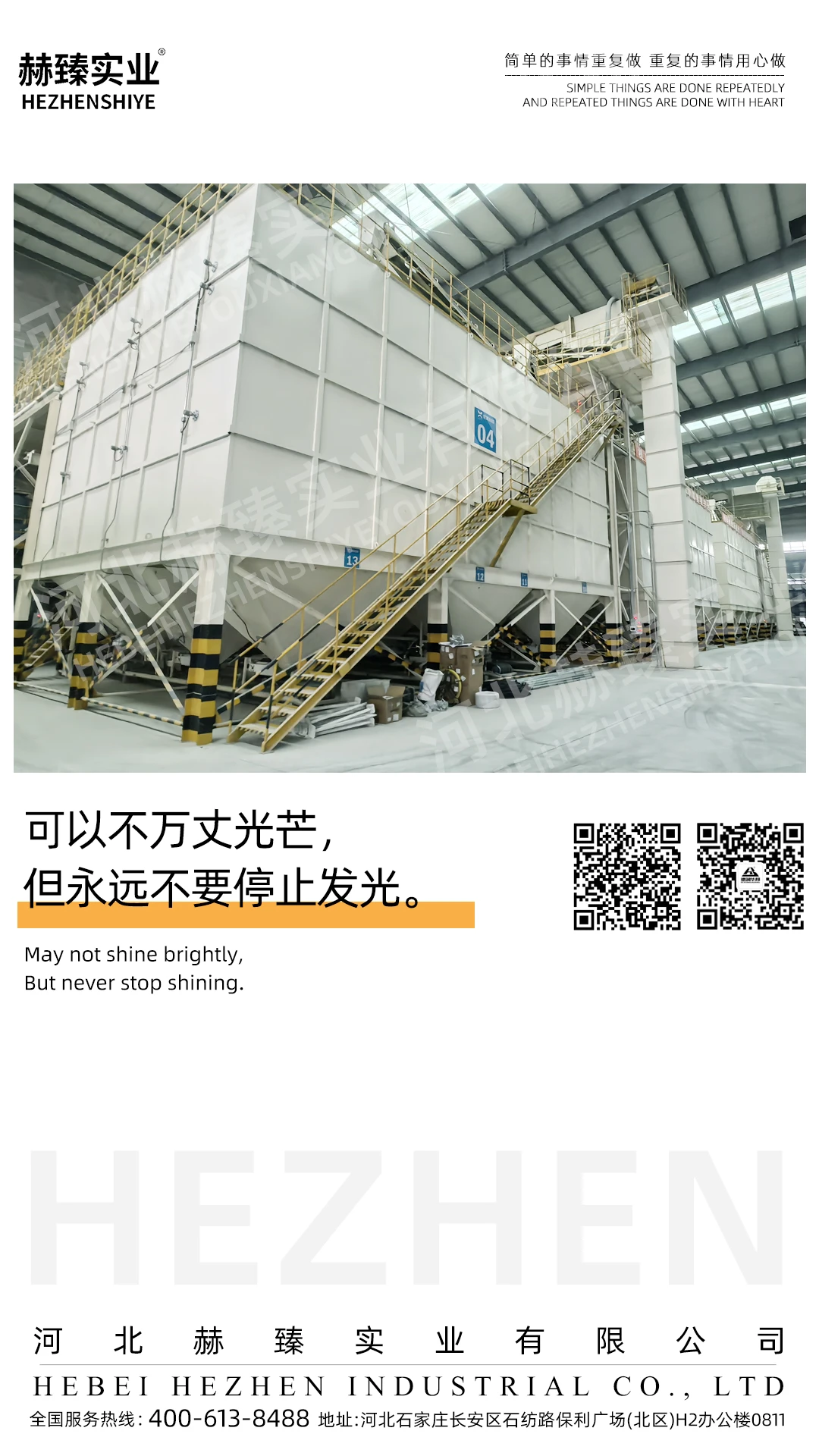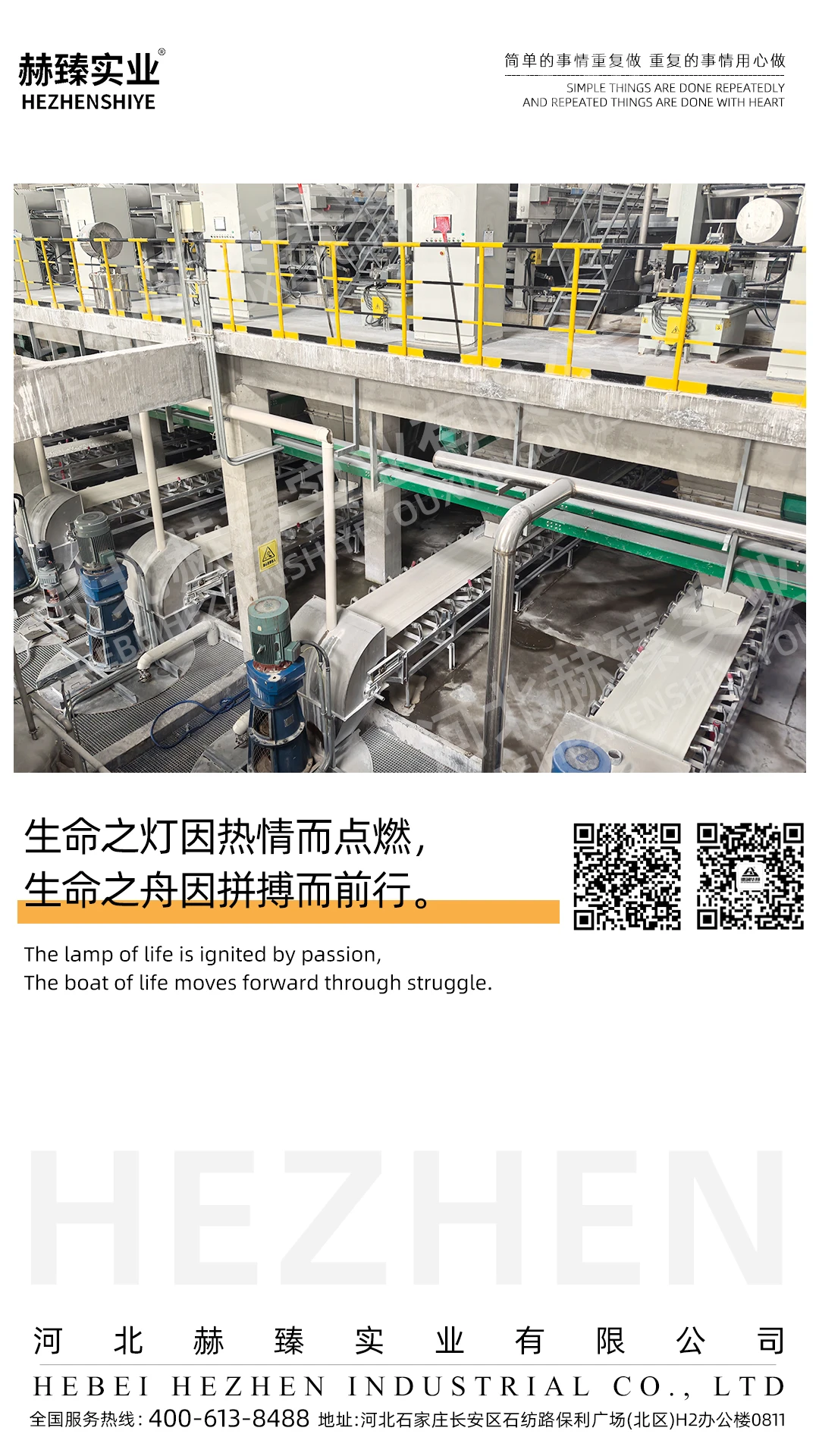Wollastonite powder for plastic injection molding to increase material stiffness and reduce shrinkage during cooling process in consumer electronics housing production
Wollastonite powder has emerged as a transformative additive in the realm of plastic injection molding, particularly within the production of consumer electronics housings. In today's hyper - connected and technology - driven world, consumer electronics such as smartphones, laptops, and tablets have seamlessly integrated into the fabric of our daily routines. These devices serve as portals to information, communication hubs, and entertainment centers, making their reliability and durability paramount.
The market for consumer electronics is not only vast but also highly competitive. Manufacturers are constantly vying for consumer attention, and the quality of a device's housing can significantly impact a product's success. A well - designed housing not only protects the delicate internal components but also contributes to the device's aesthetic appeal and user experience. It is in this context that wollastonite powder has become a game - changer, offering a multitude of benefits that address the complex challenges faced by the industry.
Consumer electronics housings are subjected to a wide range of stresses and strains in real - world use. From the moment a device is taken out of its packaging, it is exposed to potential damage. A smartphone, for instance, may endure countless daily interactions, including being dropped on hard floors, knocked against furniture, or squeezed in tight pockets. Studies from the Consumer Technology Association have shown that the average smartphone user drops their device multiple times a month, and these drops can occur from various heights, ranging from accidental slips out of hands to falls from tables or countertops. In fact, research by material testing labs shows that a significant - height drop onto concrete can generate a powerful impact force. To put this into perspective, consider the shockwaves that travel through the housing upon impact; they can jolt the internal circuit boards, dislodging tiny solder joints that connect crucial components.
Laptops, on the other hand, face the rigors of being transported in backpacks, where they may be jostled against other items or subjected to uneven pressure. During a typical business trip, a laptop might experience numerous minor impacts due to movement within the bag and contact with other objects. A study by a leading laptop manufacturer found that a considerable portion of returned laptops had internal component damage directly related to physical impacts during transit. These impacts can cause hard drives to malfunction, SSDs to corrupt data, and even damage the hinges that connect the screen to the keyboard base. Tablets, too, are not immune, often being used in various environments that can expose them to accidental impacts or scratches. In educational settings, tablets are frequently passed between students, increasing the likelihood of bumps and scrapes. For example, school - issued tablets have a significant annual damage rate, with impact - related issues being the primary cause. In classrooms, tablets are often dropped on tiled floors or knocked off desks, and the resulting damage can be both costly and disruptive to learning.
The materials used in consumer electronics housings must strike a delicate balance. They need to be lightweight enough to ensure portability, as consumers increasingly value devices that are easy to carry and use on the go. At the same time, these materials must be robust enough to provide reliable protection for the internal components. The internal circuitry of modern electronics is a marvel of miniaturization, with tiny components that are extremely sensitive to physical disturbances. Even the slightest misalignment or damage to a circuit board or microchip can render a device inoperable, leading to frustrated users and costly repairs. For example, a misaligned microchip in a smartphone can disrupt the device's signal reception, causing dropped calls and poor data connectivity. The cost of repairing such damage can vary widely, depending on the complexity of the repair and the model of the device. A case study from a major repair service provider revealed that a large proportion of smartphone repairs were due to physical damage affecting internal components. In addition, damaged components can also lead to overheating issues, as the disrupted airflow within the housing prevents proper heat dissipation.
One of the most significant advantages of incorporating wollastonite powder into plastic mixtures for injection molding is the substantial increase in material stiffness. The unique needle - like crystalline structure of wollastonite powder allows it to interlock within the plastic matrix, creating a reinforced network that enhances the overall rigidity of the material. This structural reinforcement is analogous to the way steel beams strengthen a building's framework, providing stability and resistance to deformation. Under microscopic examination, the needle - like crystals of wollastonite can be seen aligning and interweaving with the plastic molecules, forming a lattice - like structure that distributes stress evenly across the material. Advanced imaging techniques, such as high - resolution transmission electron microscopy , have provided detailed insights into this interlocking mechanism, showing how the crystals act as tiny struts to brace the plastic matrix.
Advanced electron microscopy studies have shown that when a certain concentration of wollastonite powder is added to the plastic matrix, the material's flexural modulus increases significantly. This enhanced stiffness is achieved through a combination of fiber - like reinforcement and the creation of stress - transfer pathways within the composite. When applied to consumer electronics housings, this increased stiffness offers crucial protection for the internal components. Consider the scenario of a laptop being closed with excessive force. Without sufficient stiffness, the housing may flex or warp, causing the internal components to shift. This misalignment can lead to a variety of issues, from loose connections and short circuits to permanent damage to sensitive parts. In contrast, a laptop housing fortified with wollastonite powder can better withstand such forces, maintaining its shape and safeguarding the integrity of the internal components. In fact, laboratory tests have shown that wollastonite - enhanced laptop housings can withstand far more pressure before showing signs of deformation compared to traditional plastic housings. These tests simulate real - world scenarios, such as placing heavy objects on top of the closed laptop or accidentally sitting on it.
Similarly, for smartphones, the added stiffness provided by wollastonite powder can make a significant difference in durability. Smartphones are often subjected to pressure from tight - fitting cases, which can exert considerable force on the housing. Additionally, drops from various heights are common occurrences, and the impact can be severe. A smartphone housing enhanced with wollastonite powder is better equipped to absorb and distribute the impact energy, reducing the risk of cracks or breaks. This not only extends the lifespan of the device but also provides users with greater peace of mind. Case studies have demonstrated that smartphones with wollastonite - reinforced housings have a much lower failure rate due to physical damage compared to those without this additive. A recent field test involving many smartphones found that the wollastonite - enhanced models showed far fewer visible cracks after a series of standardized drop tests. The test protocol included drops from significant heights onto concrete, asphalt, and wooden surfaces to mimic a wide range of real - world fall scenarios.
Another critical benefit of wollastonite powder is its ability to reduce shrinkage during the cooling process of plastic injection molding. When plastic is injected into a mold at high temperatures, it fills the mold cavity completely. However, as it cools and transitions from a molten state to a solid, it naturally contracts. This shrinkage can lead to a host of problems that affect both the functionality and appearance of the final product. Shrinkage can cause warping, where the part becomes distorted in shape, and sink marks, which are depressions on the surface of the molded part. These defects can make the part unusable or require additional post - processing steps to correct. In some cases, warped parts may not fit properly into assembly fixtures, causing delays in the production line and increasing production costs.
The mechanism behind wollastonite's shrinkage - reducing effect lies in its thermal conductivity and specific heat capacity. By acting as a heat sink, wollastonite powder accelerates the heat transfer from the molten plastic, resulting in a more rapid and uniform cooling. Computational fluid dynamics simulations have shown that incorporating a certain amount of wollastonite powder into the plastic formulation can reduce the temperature gradient within the mold considerably. In the context of consumer electronics housings, shrinkage can cause parts to be smaller than intended, resulting in a poor fit with other components. For example, a housing that has shrunk may not align properly with the screen, buttons, or ports, leading to gaps or uneven surfaces. These issues not only detract from the device's aesthetic appeal but can also impact its performance. A misaligned screen, for instance, may affect touch sensitivity or create visual distortions. In some cases, misaligned buttons may not function correctly, causing frustration for the user. Moreover, gaps between components can allow dust and moisture to enter the device, potentially leading to internal corrosion and component failure over time.
Wollastonite powder acts as a thermal regulator, playing a crucial role in minimizing shrinkage. By improving the plastic's thermal stability, it controls the rate at which the plastic cools, ensuring a more uniform solidification process. This helps to maintain the dimensional accuracy of the molded parts, reducing the need for post - processing adjustments and minimizing the occurrence of defective products. In the production of tablet housings, for example, the use of wollastonite - enhanced plastic can lead to a more precise fit for the screen, speakers, and other internal components. This not only streamlines the assembly process but also improves the overall quality of the finished product. Statistical analysis of production data has shown that the use of wollastonite powder can reduce the defect rate caused by shrinkage significantly. A major tablet manufacturer reported a notable increase in production efficiency after switching to wollastonite - enhanced plastic, mainly due to reduced rework and scrap. The manufacturer also noted a significant reduction in the time spent on quality control inspections, as fewer parts needed to be rejected or reworked.
The compatibility of wollastonite powder with various types of plastics commonly used in consumer electronics is another key advantage. Polypropylene, known for its excellent chemical resistance and lightweight nature, is a popular choice for many consumer electronics applications. ABS, on the other hand, is favored for its high impact strength and attractive glossy finish. Wollastonite powder can be seamlessly integrated into both of these materials, as well as others, without compromising their inherent properties. This compatibility is due to the inert nature of wollastonite, which does not react chemically with most plastics, allowing it to blend smoothly and enhance the material's performance. Rheological studies have also shown that the addition of wollastonite powder can improve the melt strength of plastics, which is particularly beneficial for thin - walled injection molding applications, such as those used in the production of wearable device housings.
Rheological studies have demonstrated that when wollastonite powder is added to polypropylene, the melt viscosity increases in a predictable manner, enabling better control over the injection molding process. For ABS, the addition of wollastonite powder improves the melt flow stability, reducing the occurrence of flow marks on the surface of the molded parts. This compatibility offers manufacturers a great deal of flexibility in their production processes. A company that produces a diverse range of consumer electronics products, from smartphones to smartwatches and tablets, can use the same wollastonite - modified plastic in its injection molding machines. This streamlines the production line, reduces the complexity of inventory management, and ultimately lowers production costs. Instead of having to source and manage multiple types of materials, manufacturers can rely on a single, versatile additive to enhance the performance of different plastic formulations. For example, a manufacturer can use the same wollastonite - enhanced polypropylene for both the casing of a smartphone and the frame of a smartwatch, reducing the need to invest in separate production setups for different materials. A case study from a leading electronics manufacturer showed that implementing this approach led to a notable reduction in material - related costs over a year. Additionally, the consistent performance of wollastonite - modified plastics across different product lines simplifies the product development process, as engineers can use the same material properties data for multiple designs.
Moreover, the minimal weight added by wollastonite powder to the plastic is a significant advantage in the consumer electronics industry. In an era where consumers place a high premium on portability, the weight of a device can be a decisive factor in purchasing decisions. A lightweight smartphone, for example, is more comfortable to hold for extended periods, whether for making calls, browsing the web, or playing games. By using wollastonite - enhanced plastic, manufacturers can achieve the desired level of strength and durability without sacrificing the device's lightweight appeal. In fact, tests have shown that adding wollastonite powder to plastic typically increases the weight only slightly, while significantly enhancing its mechanical properties. To illustrate, a typical smartphone would gain a negligible amount of weight when using wollastonite - enhanced plastic, compared to the improved protection it offers.
A detailed life - cycle assessment of wollastonite - enhanced plastics revealed that the additional weight contributes negligible impact to the overall carbon footprint of the product. This is because the enhanced durability and reduced need for replacements more than offset the slight increase in weight. In addition to the functional benefits, wollastonite powder also has the potential to contribute to the environmental sustainability of consumer electronics production. As consumers become more environmentally conscious, there is a growing demand for products that are made with sustainable materials and produced using eco - friendly processes. Wollastonite is a natural mineral, and its extraction and processing have a relatively low environmental impact compared to some synthetic additives. The mining of wollastonite involves less energy consumption and generates fewer greenhouse gas emissions compared to the production of many synthetic polymers. By using wollastonite powder in plastic injection molding, manufacturers can not only meet the performance requirements of their products but also make a positive contribution to environmental conservation. Some companies have even started marketing their consumer electronics products as "environmentally friendly" due to the use of wollastonite - enhanced plastics, which has resonated well with environmentally - conscious consumers. For instance, a major smartphone brand launched a marketing campaign highlighting the use of wollastonite - enhanced plastics, resulting in a significant increase in sales among environmentally - conscious consumers within the first quarter.
Looking ahead, as consumer demands for consumer electronics continue to evolve, the role of wollastonite powder is likely to become even more important. With the increasing popularity of foldable devices, wearables, and other innovative form factors, manufacturers will need materials that can meet the unique challenges presented by these new designs. Foldable devices, for example, require materials that can withstand repeated bending without cracking or losing their structural integrity. Wollastonite powder's ability to enhance material properties, reduce production issues, and offer compatibility with different plastics positions it as an ideal additive for future advancements in consumer electronics housing production. Research is already underway to explore how wollastonite - enhanced plastics can be optimized for use in foldable displays and flexible wearable devices, with early results showing promising potential for improving the durability and performance of these emerging technologies.
Scientists are experimenting with different surface treatments for wollastonite powder to further improve its dispersion within flexible plastics, aiming to enhance the bend - resistance of foldable device housings. Preliminary tests on foldable smartphone prototypes have indicated that wollastonite - enhanced plastics can increase the number of bend cycles to failure considerably. In the case of smartwatches with flexible bands, the use of wollastonite - reinforced materials has shown a significant improvement in fatigue resistance. These advancements not only improve the functionality of the devices but also open up new design possibilities, such as more complex and ergonomic shapes for wearables. In conclusion, wollastonite powder has revolutionized the way consumer electronics housings are produced. Its ability to increase material stiffness, reduce shrinkage, offer compatibility with various plastics, and maintain a lightweight profile makes it an indispensable additive in the industry. As the consumer electronics market continues to grow and innovate, wollastonite powder will undoubtedly play a vital role in ensuring that devices are not only functional and durable but also meet the evolving expectations of consumers. Whether it's protecting the latest high - tech smartphone or enhancing the performance of a sleek new laptop, wollastonite powder is set to remain at the forefront of plastic injection molding in the consumer electronics sector.











